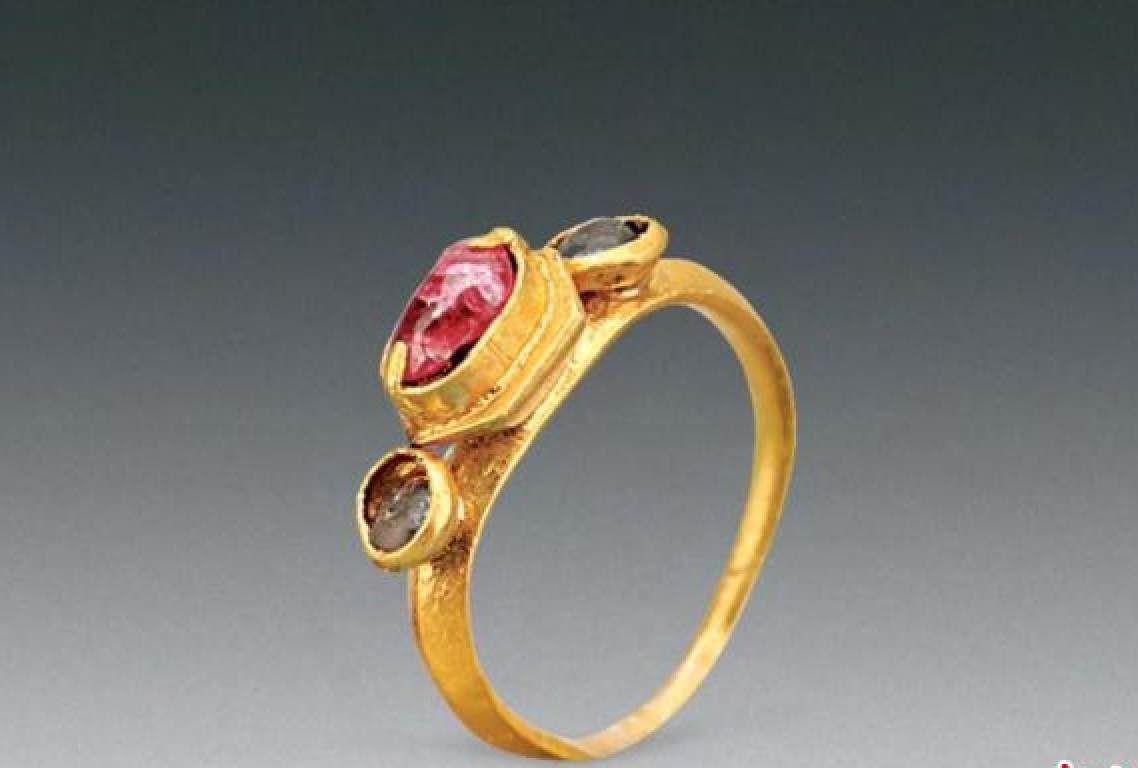
Centuries-old tomb continues to reveal clues about the life of Ming-era prince lost to history
- Tomb excavation revealed more information about royal burial attire and traditions
- Prince would be overshadowed by younger brother, who would become historical titan
Archaeologists in central China continue to uncover new insights during the excavation of the tomb of Prince Jin Duan (1358-1398), also known as Jin, one of the first-generation princes of the Ming dynasty (1368-1644) and whose younger brother would become a transformational emperor.
The tomb in Shanxi province in northern China, being excavated by the Taiyuan Institute of Cultural Relics and Archaeology, is also the final resting place of Jin’s wife, Princess Yuan, and two of his concubines, Lady Yin and Lady Wang, according to China News Service (CNS).
During the most recent excavation, scientists unearthed burial objects like jade artefacts, silk garments, pottery, and lacquered wooden coffins.
The tomb, which had been looted over the centuries, continues to reveal evidence about the burial attire and customs of princes during the Ming dynasty. The team also found the remains of the walls of the mausoleum that would have stood above the burial site.

The tombs were originally discovered in 2019, and the scientists found inscriptions that confirmed the royal heritage.
Zhao Hui, who led the project, told CNS that the tombs did not have an antechamber, which suggests princes may have lost some of their political power in Ming-era China.
Prince Jin’s real name was Zhu Gang (1358-1398), and he was the third son of the Hongwu Emperor (r. 1368-1398), who was the founding leader of the Ming dynasty, making Jin part of the first generation of imperial princes.
Hongwu named Zhu as Prince Jin in the third year of his rule and appointed him as head of a fiefdom highlighted by the city of Taiyuan, which holds special significance in Chinese history as being a provincial capital city for many empires across the pmillennia.
Prince Jin’s story is largely lost to history in part because of the legacy of his youngest brother, Zhu Di, who would stage a rebellion for the throne against his nephew Zhu Yunwen after the Hongwu Emperor died.

Zhu Di’s revolt would be a resounding success, and he would rule China as the Yongle Emperor and become one of the most important figures in Chinese history.
Prince Jin was involved in one transformational period of Zhu Di’s life. The two brothers, along with Hongwu’s second-born Zhu Shuang, took a long trip to Fengyang, where they would endure harsh military life.
According to the book The Ming Emperor Yongle by Shih-shan Henry Tsai, the trio learned how to fight in battle and train troops. They also became familiar with weapons such as firearms, gunpowder, and crossbows.
Experts believe this experience strengthened Zhu Di’s belief in authoritarianism as well as himself, which helped fuel the ambition that would eventually end in the emperor’s throne.
Prince Jin still has a piece of his legacy standing today. In Taiyuan, he founded a royal temple called Chongshansi, which remains one of the few buildings from the early Ming era that still exist in China.

